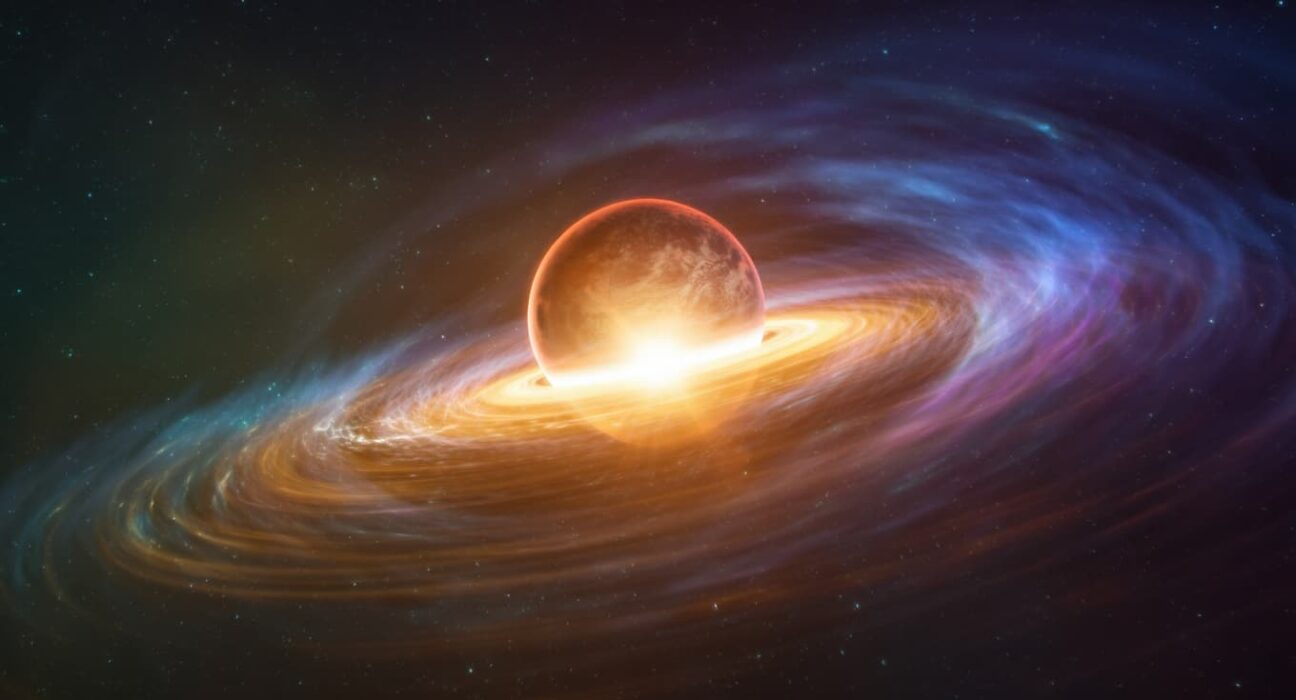Astronomers Snap First-Ever Image of a Planet Being Born
Date: September 9, 2025
Source: University of Arizona
For the first time, scientists have photographed a planet forming inside a gap in a dusty ring surrounding a young star — a discovery that confirms a long-standing theory about how planets are born.
The rare find, named WISPIT 2b, was detected by a team led by University of Arizona astronomer Laird Close and Leiden Observatory graduate student Richelle van Capelleveen. The group used the powerful MagAO-X adaptive optics system on the Magellan Telescope in Chile, along with observations from the Large Binocular Telescope in Arizona and the Very Large Telescope in Chile. Their results appear in The Astrophysical Journal Letters.
“Dozens of theory papers have been written about these observed disk gaps being caused by protoplanets, but no one’s ever found a definitive one until today,” Close said. “Many have doubted that protoplanets can make these gaps, but now we know that in fact, they can.”
The planet, about five times the mass of Jupiter, shines in hydrogen-alpha light as it pulls in gas during its growth. The team also spotted signs of another possible planet, CC1, orbiting closer to the star. “Once we turned on the adaptive optics system, the planet jumped right out at us,” Close added.
According to graduate student Gabriel Weible, the system may resemble what Jupiter and Saturn looked like billions of years ago, offering a rare glimpse into how our own solar system once formed.






